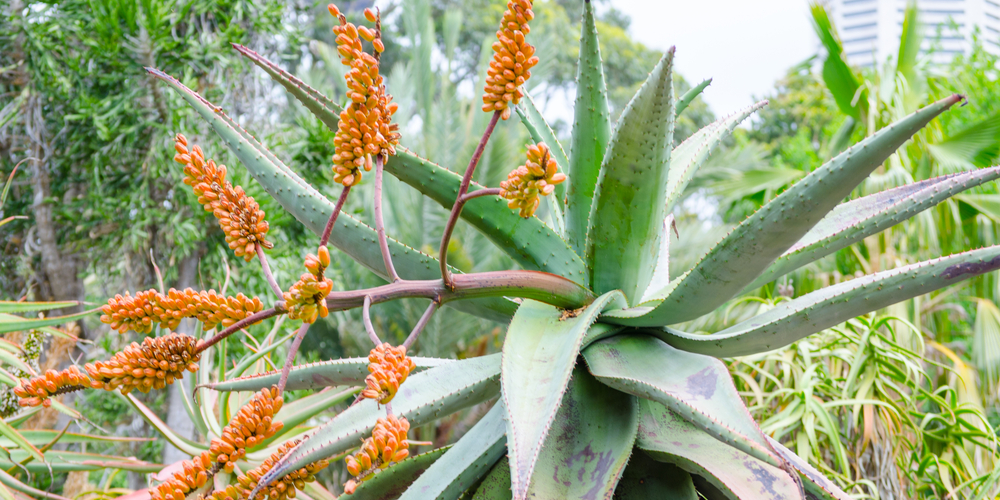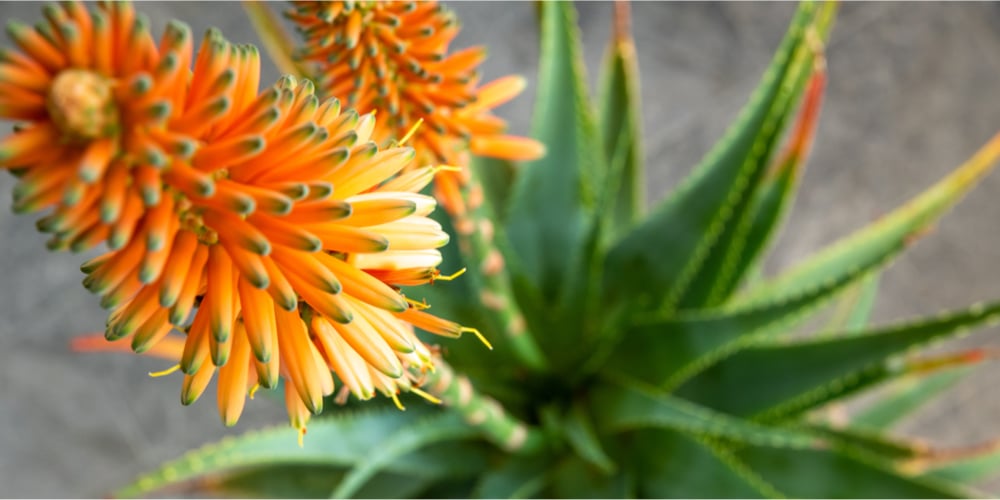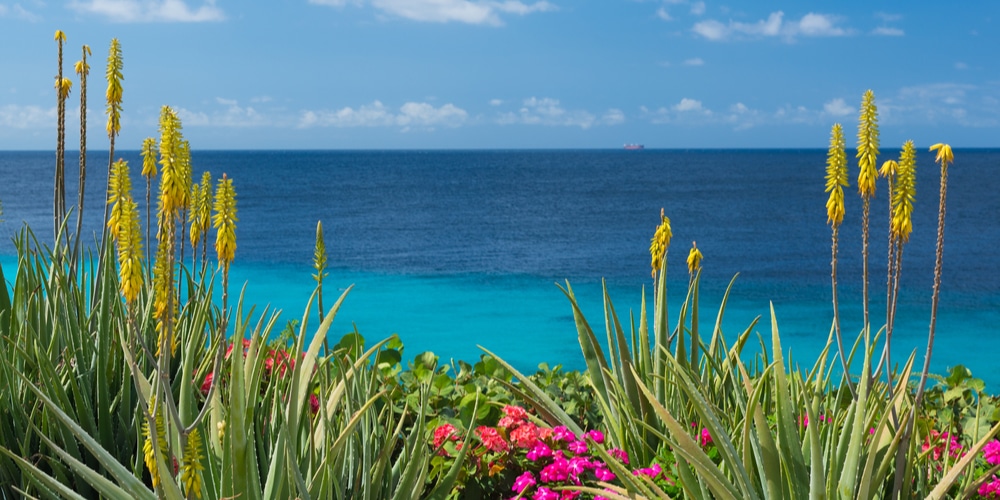Why Is My Aloe Plant Flowering? Aloe plants are some indoor plants you can have in your office, apartment or house. They are mostly grown for beauty and medicinal use. If you are looking forward to growing aloe plants, you have over 400 species.
Quick Answer
Aloe plants flower annually when grown in the right environment. The flowers develop in spring.
They are beautiful and come with benefits such as their ability to soothe sunburnt and dry skin.
While during most of the year, they remain without flowers, they will develop small rosettes that look like flowers in spring.
Some parts of the plants’ leaves turn into flowers at least once per year if they are cared for and watered correctly.
Why Is My Aloe Plant Flowering?
Aloe plants flower annually, and they usually develop in spring. Most people are shocked to see their plants bloom because they rarely do unless grown in the right environment.
There is nothing wrong with aloe vera plants blooming, and you shouldn’t worry about it. At the same time, indoor-grown aloes may not bloom because these plants are not exposed to pollination.
Aloe plants also bloom depending on the climate of your area. A warm climate combined with nutrient-rich soil tends to favor flowering. However, the plant must be outside where insects such as bees can help with the pollination process.
Besides, the age of your plants makes them bloom. If your plants are in a pot, you have to move them to a bigger one as they get bigger, and once they get of age, they will bloom.
Adding fertilizers makes aloe plants produce colorful flower stalks faster. The flowers vary from a yellow to an orange shade.
How Long Do The Aloe Flowers Last?
Aloe plants bloom in spring, and the beautiful flowering can last up to late summer. The flower lasts for between two and three months. After that time, the flowers dry up and fall off.
You should cut off the stalks once the flowers dry to prevent them from using your soil’s nutrients; this allows your plant to continue thriving and produce new leaves for aesthetic appeal and medicinal use.
The aloe vera flowers have no smell. They are tubular and with a pipe-like shape. If your indoor aloe blooms, you have nothing to worry about.
The plant has no scent, but the inside gel has a slightly unpleasant smell, which you encounter once you slice the green leaves. The gel has healing properties, and it’s one of the significant reasons people grow this plant.
Which aloe vera plants are likely to flower?
Some aloe vera plants will not bloom even after growing for years. With more than 400 species available worldwide, some varieties do not bloom. Some fail to do so because the environment does not favor them.
If the plants are in a rocky area and cannot access essential nutrients, they will not bloom. The placement of your plants is vital because the more sunshine and rich soil they can get, the higher the chances for them to bloom.
Flowering occurs in mature plants because the young ones are not strong enough to develop flowers.
Uses of the Aloe Vera Plants Flowers
The aloe vera plant has medicinal properties that most people, especially women, seek due to dry skin or sunburns. However, the flowers should not be ingested; there is no research proving them safe for humans or pets. Only leaves are usable and safe to consume.
The gel heals the skin and can be mixed with water to treat stomach health problems, including constipation. It also lowers the risk of cancer stomach according to WebMD.
Aloe vera contains vitamins, which are essential to the body. So eating the leaves gives you plenty of Vitamin C, B, E, and folic acid. However, you should not consume aloe vera mixed with water for a long time.
It can cause stomach cramps, heart problems, kidney issues, etc. So use it moderately.
Trying to make your aloe vera plants bloom is not easy. This is especially hard for houseplants because they are not exposed to pollination.
Various types of aloe vera plants develop beautiful flowers naturally, and some will not bloom even after many years of growing in proper surroundings. The best you can do is ensure you put your plants near an open window or outside to enable pollination.
They do well during summer but put them inside during winter if they are potted plants.
Related Article: 9 Best Succulents With Yellow Flowers


